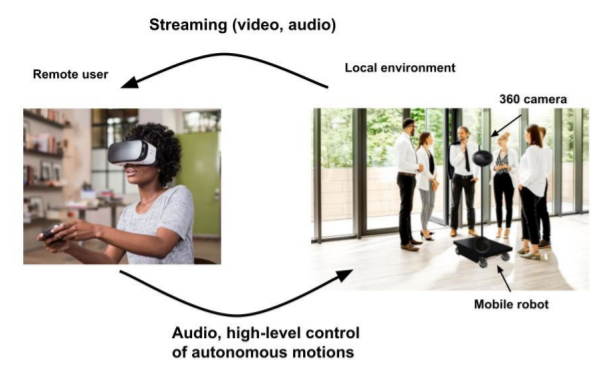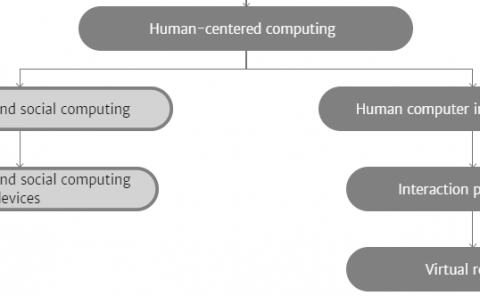Comfort and Sickness while Virtually Aboard an Autonomous Telepresence Robot
PubDate: Sep 2021
Teams: University of Oulu;Centro de Investigacion en Matematicas
Writers: Markku Suomalainen, Katherine J. Mimnaugh, Israel Becerra, Eliezer Lozano, Rafael Murrieta-Cid, Steven M. LaValle
PDF: Comfort and Sickness while Virtually Aboard an Autonomous Telepresence Robot

Abstract
In this paper, we analyze how different path aspects affect a user’s experience, mainly VR sickness and overall comfort, while immersed in an autonomously moving telepresence robot through a virtual reality headset. In particular, we focus on how the robot turns and the distance it keeps from objects, with the goal of planning suitable trajectories for an autonomously moving immersive telepresence robot in mind; rotational acceleration is known for causing the majority of VR sickness, and distance to objects modulates the optical flow. We ran a within-subjects user study (n = 36, women = 18) in which the participants watched three panoramic videos recorded in a virtual museum while aboard an autonomously moving telepresence robot taking three different paths varying in aspects such as turns, speeds, or distances to walls and objects. We found a moderate correlation between the users’ sickness as measured by the SSQ and comfort on a 6-point Likert scale across all paths. However, we detected no association between sickness and the choice of the most comfortable path, showing that sickness is not the only factor affecting the comfort of the user. The subjective experience of turn speed did not correlate with either the SSQ scores or comfort, even though people often mentioned turning speed as a source of discomfort in the open-ended questions. Through exploring the open-ended answers more carefully, a possible reason is that the length and lack of predictability also play a large role in making people observe turns as uncomfortable. A larger subjective distance from walls and objects increased comfort and decreased sickness both in quantitative and qualitative data. Finally, the SSQ subscales and total weighted scores showed differences by age group and by gender.


